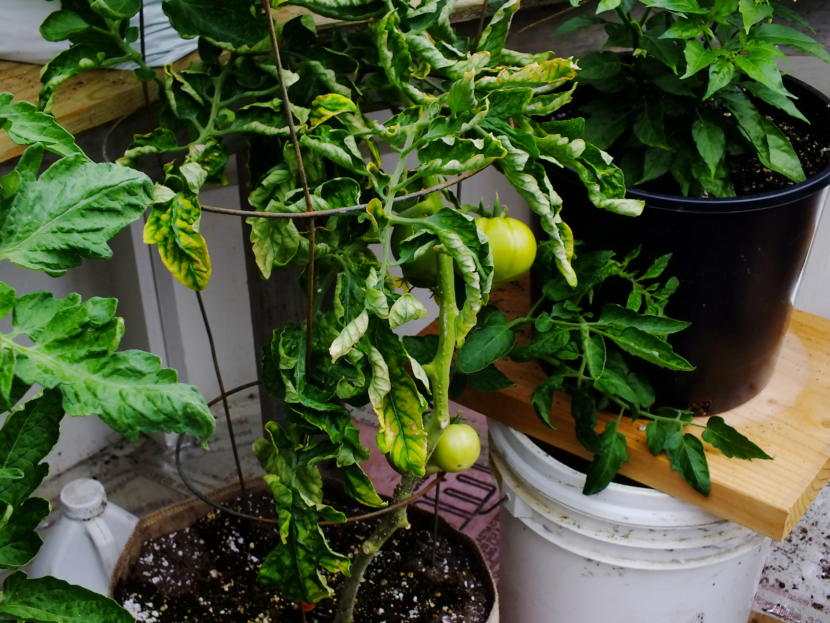
As Juneau transitions from hot and dry weather to relatively cool rain showers, gardeners are being urged to do a little picking before their potential harvest gets ruined.
Master Gardener Ed Buyarski said cherries and cabbage can burst or explode if the tree or plant takes in too much water. He recommends that you harvest as many ripe cherries and cabbage as you can before they split apart and become inedible.
“What happens, particularly after a dry spell, is that those cherries will explode,” Buyarski said. “Then they get moldy and rotten.”
Buyarski said cabbage heads can also crack open because of the sudden growth. Some varieties of potatoes may also split or crack. He also recommends using a trellis to support blooming delphiniums, which may accumulate water in the flowers and collapse after a rainfall.
Buyarski also said the tussock moth or woolly bear caterpillar has reappeared in the Juneau area. He recommends that you squish them before they feed on all your leaves. But some people should be careful if their skin reacts with the caterpillar hairs.
Buyarski also answered another question from a listener.
“I have a dwarf rhodie that won’t bloom,” Sam writes. “I give it acid fertilizer and compost each spring and fall. What am I doing wrong? Thank you.”
Buyarski said it sounds like Sam is feeding the rhododendron properly, but he doesn’t know if the plant is in the sun or shade.
“The dwarf rhodies particularly need full sun to bloom, compared to the big ones which may get 4-6 feet tall and can tolerate some shade,” Buyarski said. “That’s the one thing I can think of that may be inhibiting blooming.”
Do you have a garden question for Ed? Fill out the form below, and he’ll answer your question in an upcoming segment.
Listen to past episodes and subscribe to the podcast on the “Gardentalk” page, so you’ll never have to worry about missing Thursday’s live radio broadcasts.
